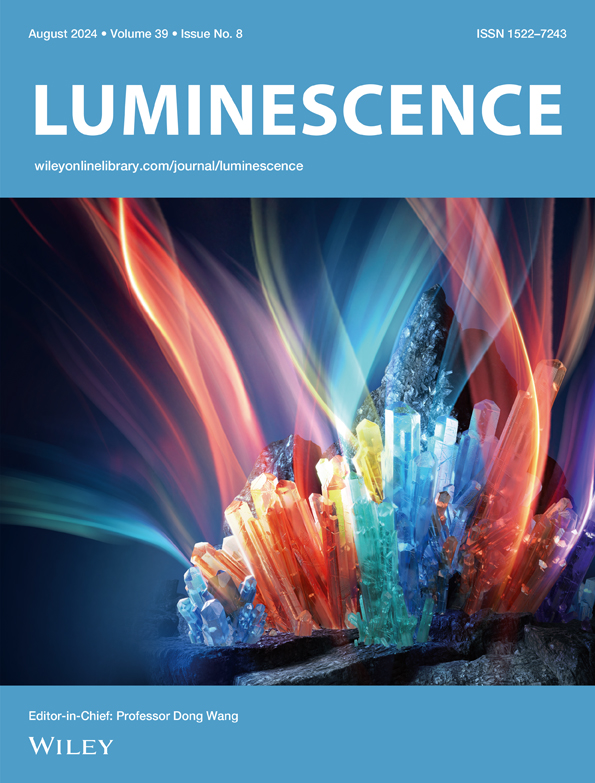Analytical-Quality-by-Design Fluoroprobes for Quantitation of Entecavir and Penciclovir in Spiked Human Plasma and Content Uniformity Testing: Insights of DNA Mismatching, Three-Colors Assessment and Sustainability Profiling
Abstract
Entecavir and penciclovir are nucleoside-analog antiviral drugs structurally related to guanine that act by inhibiting the active viral replication process. Through this study, the quantitation of both drugs was carried out using two fluorescent probes, referred to as fluoroprobes. The first type was prepared by the addition of surfactants such as Tween 80 and sodium dodecyl sulfate (micelle-enhanced fluoroprobes), while the second type includes the formation of a tertiary complex of drug-terbium-DNA (Tb-DNA fluoroprobes). The preparation of the fluoroprobes was optimized using analytical quality by design (AQbD) via I-optimal design. A positive effect of the selected antiviral drugs on DNA mismatching was observed. The analytical procedures were validated according to ICH guidelines with a linearity range of 2.0–40.0 μM and 25.0–300.0 nM for micelle-enhanced and Tb-DNA fluoroprobes, respectively. The analytical procedures were evaluated in compliance with the three-color (GBW) assessments: greenness (using AGREE and ComplexGAPI metrics), blueness (using the BAGI tool), and whiteness (using the RGB algorithm). The sustainability profiles were established using the efficient-valid-green (EVG) framework. Both types of fluoroprobes were successfully applied to quantify entecavir and penciclovir in content uniformity testing and spiked human plasma as a simpler and cheaper alternative to hyphenated analytical techniques.

 求助内容:
求助内容: 应助结果提醒方式:
应助结果提醒方式:


